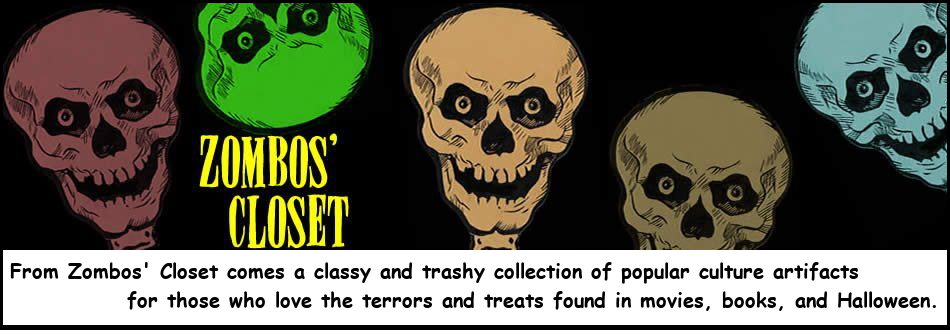Take One False Step (1949)
Pressbook
Take One False Step is not a standout for noir crime movies, but it has William Powell (of Philo Vance and Nick Charles notoriety) and Shelley Winters. She is always etched in my mind after watching the 1975 episode of Johnny Carson where she dumped her drink over Oliver Reed’s head after his misogynistic comment to her. You didn’t diss Ms. Winters, who won academy awards and played her own woman in her strong Hollywood career. Her role as the ill-fated Willa in The Night of the Hunter (one of the best noir horrors directed by Charles Laughton, his only time as director), which leads to a chilling and surreal underwater scene of her dead body tied to a Ford Model T is classic and unforgettable. One wonders what other cinematic delicacies Laughton would have provided to the screen had he continued to direct.















